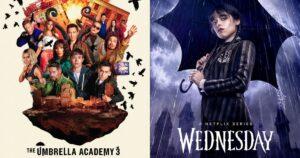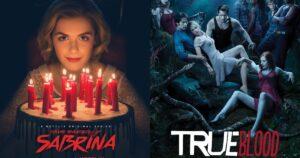Mainstream films and shows have often found inspiration or stories to tell in their regional counterparts. And there’s nothing wrong with it. We get to witness content that we would otherwise miss out on. These remakes are bridging a gap formed due to language barrier. However, big Hindi television channels have found a new spot to dig out content- Bengali shows. Lately, the most popular shows running on these channels are a remake of a Bengali show, which are gaining even more popularity than the original ones.
Sreemoyee – Anupamaa
One of the daily soaps that came with a fresh perspective on Indian television and drew the attention of the viewers for probably the right reasons was Anupamaa. Amid the unbearable supernatural storylines, the show starring Rupali Ganguly narrates the journey of a 40-year-old homemaker who decides to find her own path after being cheated on by her husband. Anupamaa, the lead character, has emerged as an inspiring woman who walks out of a marriage rather than trying to win her husband back, a troupe we often come across in Indian television shows.
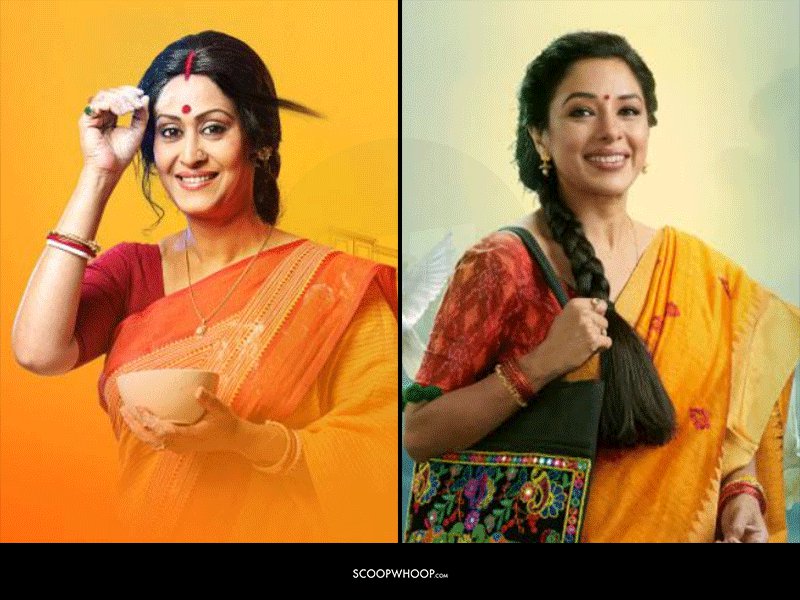
Ishti Kutum- Imlie
The show, Ishti Kutum, that aired over a decade ago has been presented to the Hindi television viewers as Imlie. The story begins with 18-year-old tribal woman, Imlie, getting married to Aditya, who is already engaged. As the show proceeds, we see the protagonist who belongs to a backward section of our society overcome prejudices to reach her goals. Although the show begins and rides on some problematic notes, it still manages to strike a chord with the viewers.
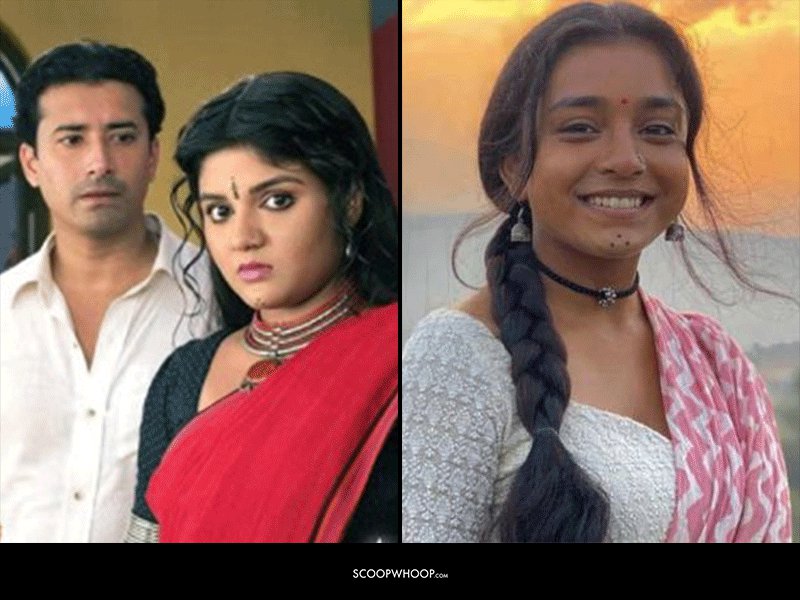
Kusum Dola – Ghum Hai Kisikey Pyaar Meiin
Ghum Hai Kisikey Pyaar Meiin, another show inspired from a 2016 tv soap titled Kusum Dola, revolves around a love triangle. Virat, a young police officer, ties the knot with Sai to keep a promise he made to her father. They enter the alliance on a condition that they would go their separate ways when Sai completes her education and becomes a doctor. However, drama ensues when Virat’s long lost love, Pakhi, returns.
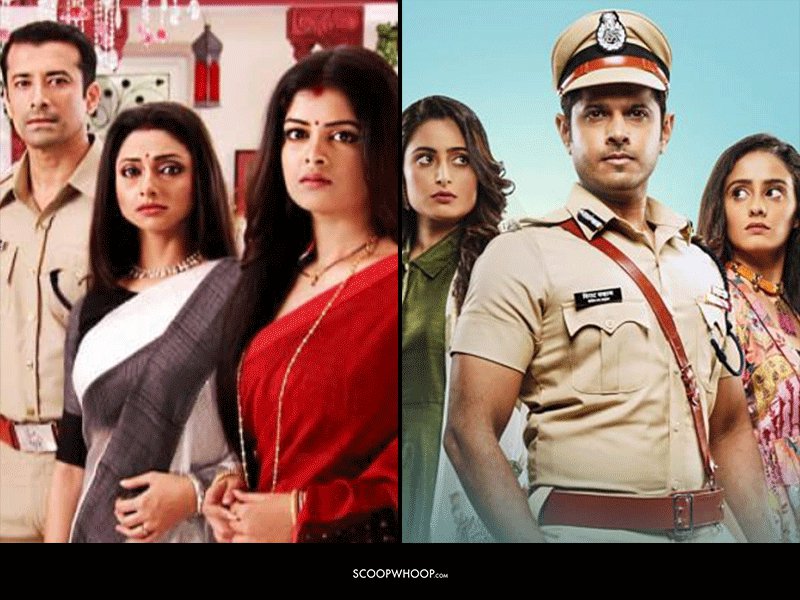
Ke Apon Ke Por – Saath Nibhaana Saathiya 2
The first installment of Saath Nibhaana Saathiya was a major hit among daily soap viewers (and a major source of memes for social media users). Even though the never-ending ‘saas bahu’ drama went over-the-top at times, there is no denying that it remains a memorable show. After a successful first season, the sequel of the show returned to television and with a plot inspired from a Bengali show titled Ke Apon Ke Por. The story centers around Anant Desai, a young man from an affluent family, who falls in love with her house help, Gehna.
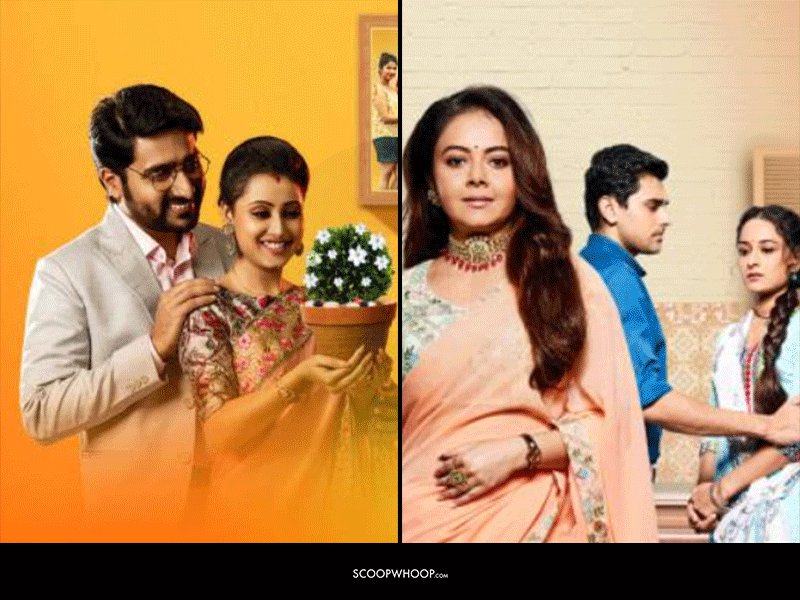
Mohor – Shaurya Aur Anokhi Ki Kahani
Another example of a story that began on an inspiring note and then stopped to the usual melodramatic love triangle. Shaurya Aur Anokhi Ki Kahani which first aired in 2020 is inspired from a romantic-drama, Mohor. The lead character, who is an ambitious woman, flees to a big city from her wedding to accomplish her dreams. Mohor, who wants to be a teacher, is forced into a marriage by her father. However, she takes a leap towards her goal and finds Shankha, an influential college professor, who supports her.
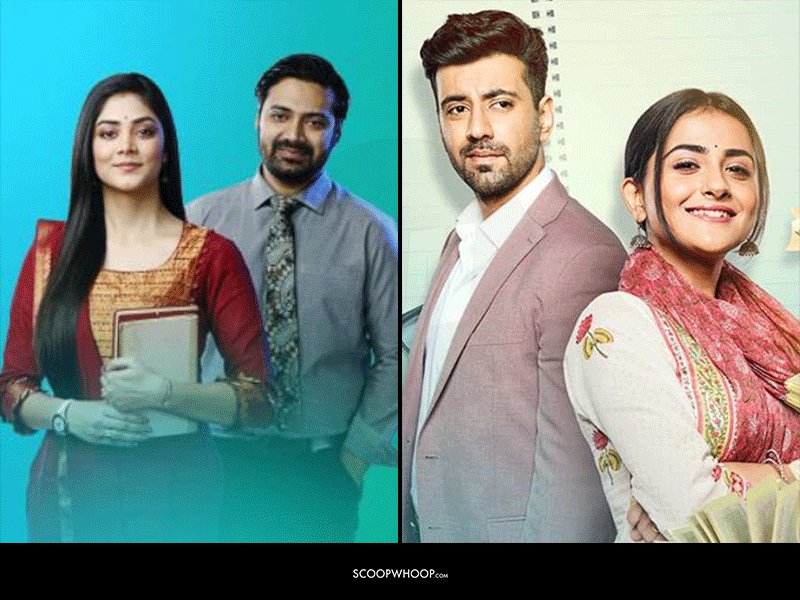
Sasural genda phool – Ogo Bodhu Sundori
The beloved show Sasural Genda Phool has returned to Indian television with a second season after a long gap of 9 years. The show which gave us a character like Suhana, an unconventional bahu we rarely witness on Hindi television, was one of a kind back when it first aired. However, only a few people might know that the original show aired on Bengali television and was equally popular.
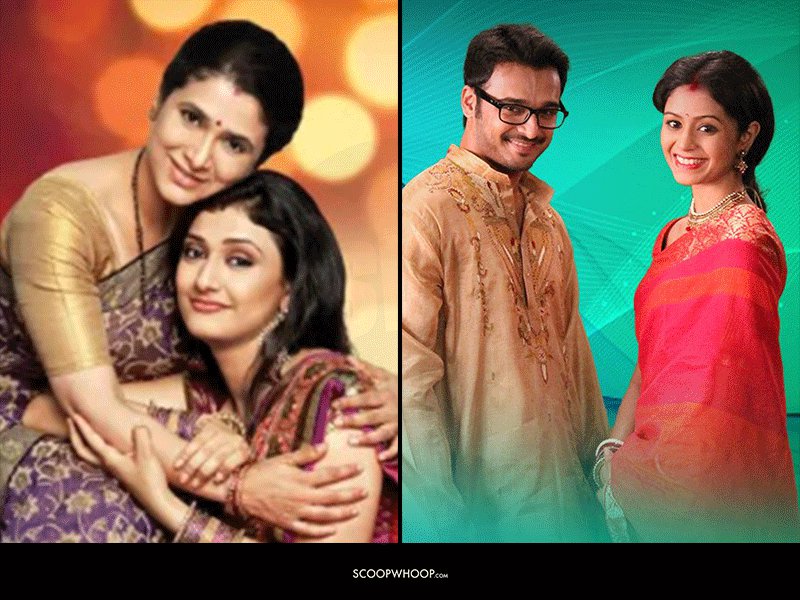
We are glad that at least these remakes, with some new perspective, came to our rescue when ‘Nagins’ were all we had on television. But it’s about time we get to see genuinely relatable and less problematic shows.






